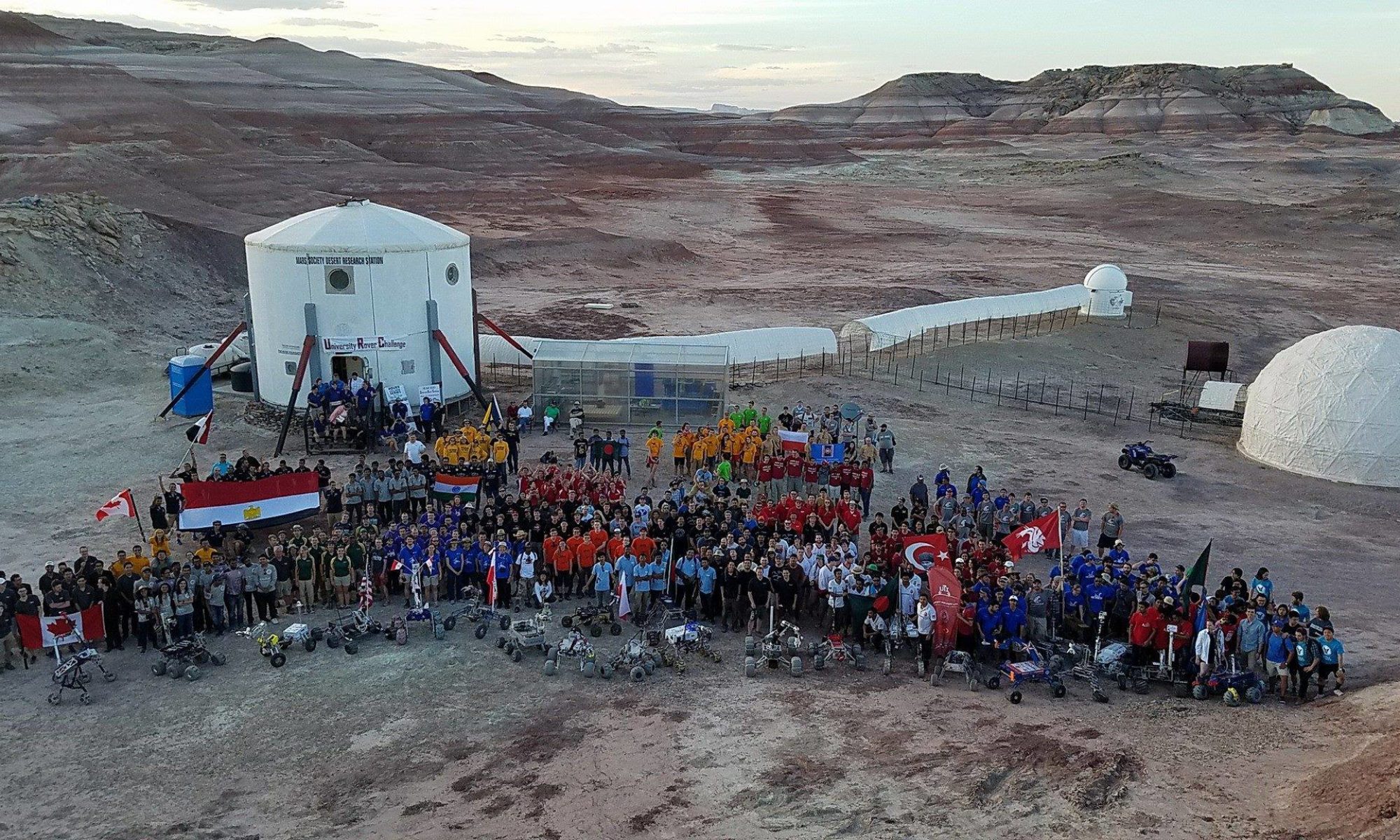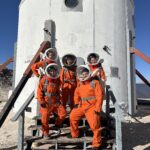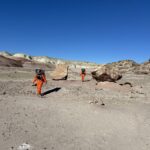Date: 10/26/2024
Name of person filing report: Sergii Iakymov
Reason for Report: Routine
Non-Nominal Systems: Power system, HAB toilet level indicator, Robotic observatory.
Power system:
Solar: inverter slave 1 and 2 still in the shop, parts are being replaced; station operates on the main inverter and is limited to 5kw during day time; the battery bank does not hold charge when sun is down and low on the horizon. Main generator: new oil drain valve installed, new oil pressure switch installed.
Main generator:
1) Oil and oil filter changed on 10/23/2024. Generator hours – 6534.8.
2) Current hours – 6579.0."
Propane Readings:
Station Tank: 82%
Director Tank: 77%
Intern Tank: 86%
Generator Tank: 55%
Water:
Hab Static Tank – 250 gallons
GreenHab – 170 gallons
Outpost tank – 400 gallons
Rovers:
Sojourner rover used: Yes. Around MDRS.
Hours: 203.6
Beginning Charge: 100 %
Ending Charge: 97 %
Currently Charging: Yes
Notes on Rovers: All nominal
Cars: Hab Car used and why, where: To Hanksville for supplies and trash dump.
Crew Car used and why, where: To St. George for repairs.
General notes and comments: Crew car repaired and awaiting to be delivered to MDRS.
Summary of Internet: All nominal.
EVA suits and radios: Suits: All nominal.
Comms: Some headsets need to be tested and replaced if needed.
Campus wide inspection, if action taken, what and why: All nominal.
Summary of Hab Operations: GFCI receptacles at the main water tank replaced. Water tank heater turned on.
Summary of GreenHab Operations: Not set up for the season yet. Beginning of operations is pending.
Summary of SciDome Operations: All nominal.
Summary of Observatories Operations: Robotic observatory needs a computer restart.
Summary of RAM Operations: All nominal.
Summary of Outpost Operations: Water tank heater turned on.
Summary of Health and Safety Issues: All nominal.






















You must be logged in to post a comment.